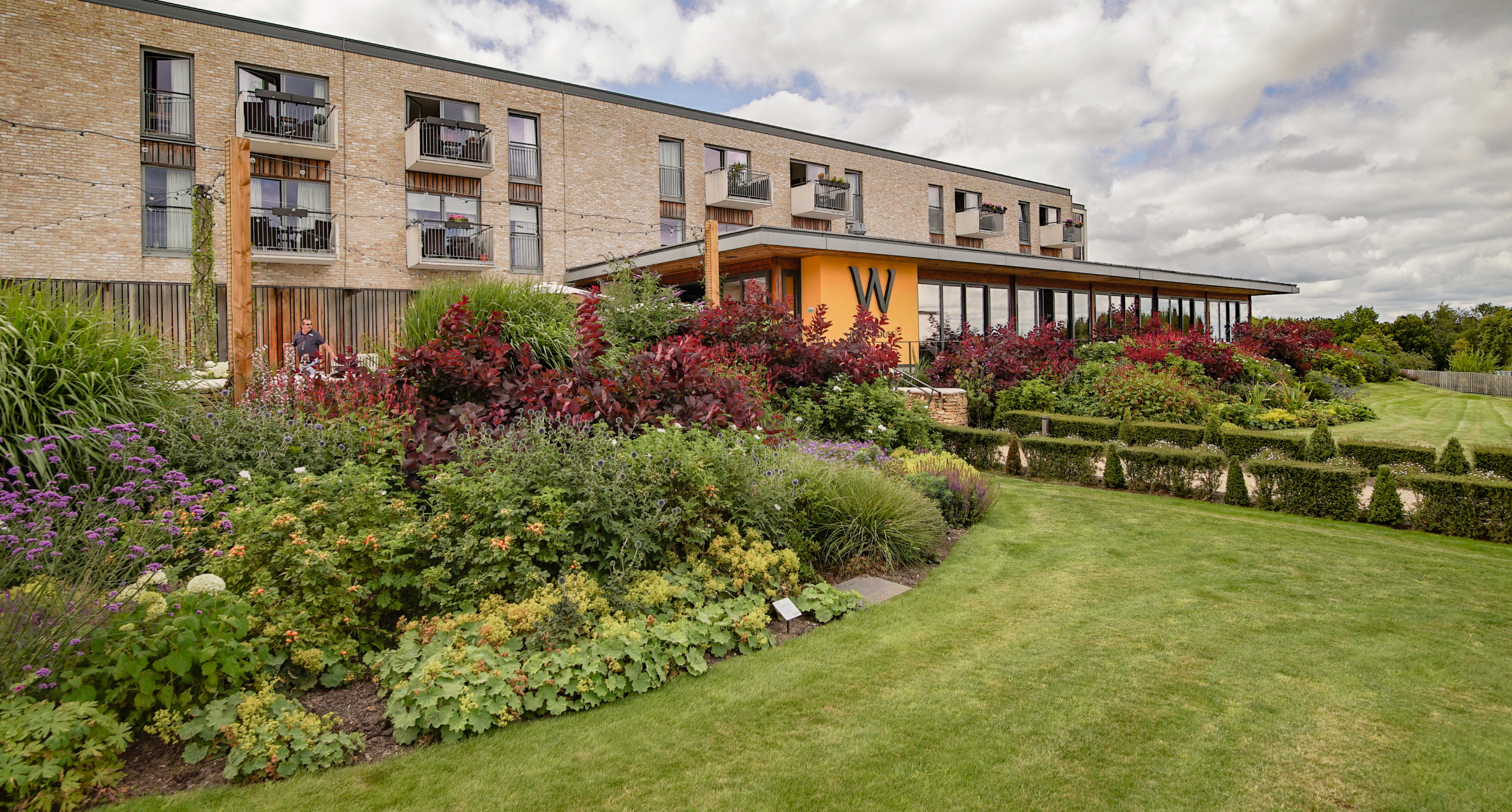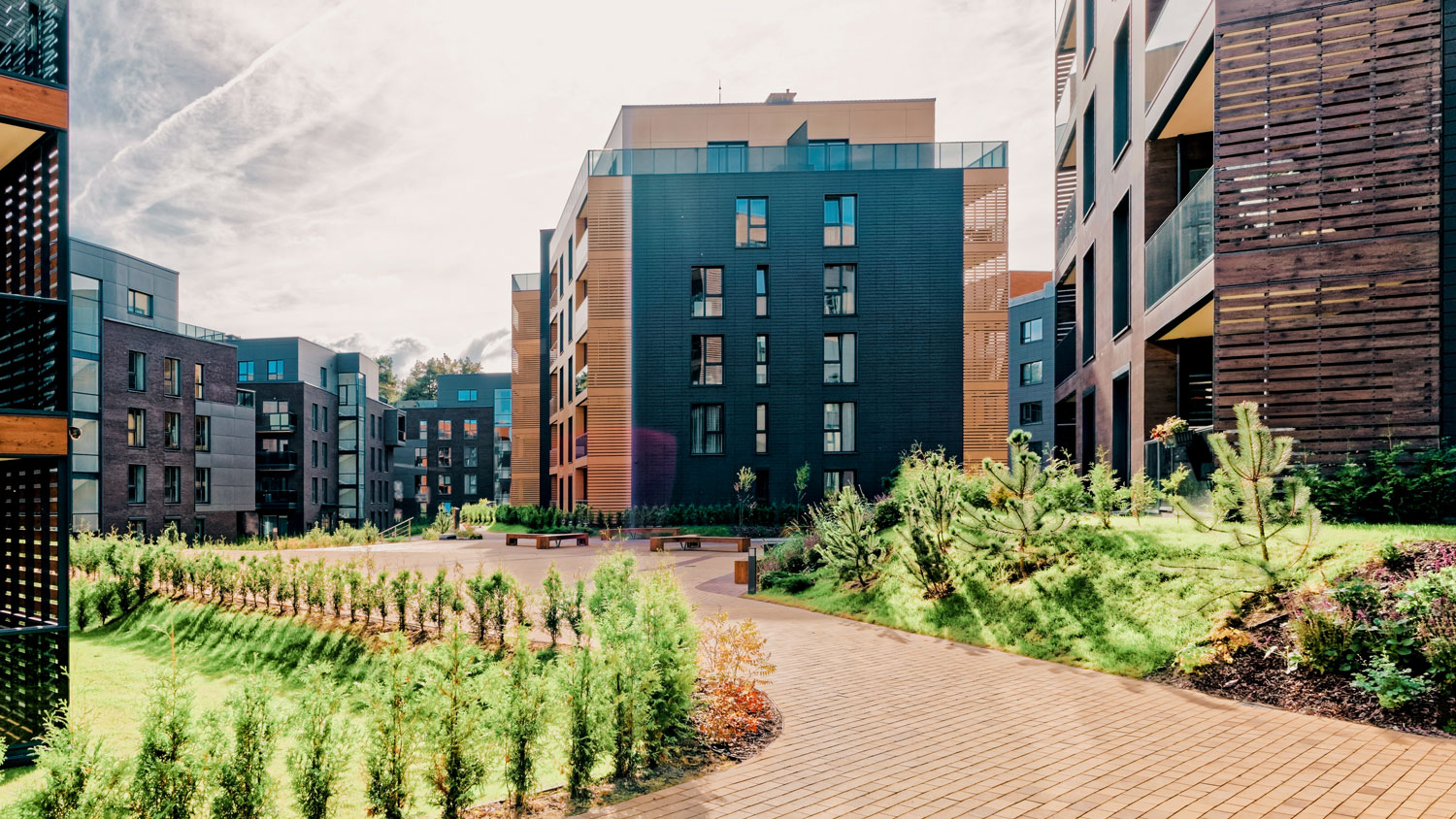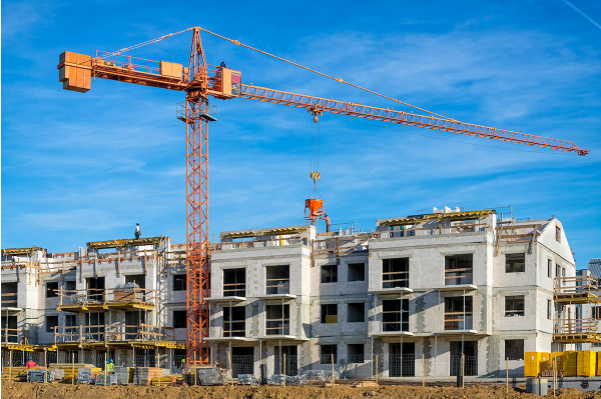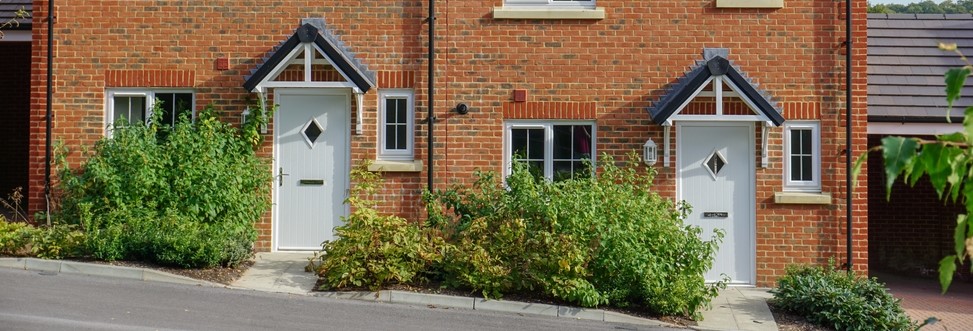Retirement Living Investment
Empowering people in retirement.
Why invest in retirement living?
The UK is facing a demographic challenge. By 2043, nearly a quarter of the population will be over 65.
Increasing numbers are living in housing that isn’t fit for purpose as they grow older.
Institutional investors have an opportunity to help create retirement communities that provide those in later life with the support they need to live independently and thrive.
Our approach to investing in retirement living
Our expert team has a strong track record across senior living real estate. With demographic trends driving demand, and the aspirations of retirees evolving, we focus on Integrated Retirement Communities, a rapidly growing sector that offers a blend of amenities, healthcare services, and age-appropriate real estate.

Read our report on Unlocking the retirement opportunity in a post-pandemic world

Meet the team

Kevin Beirne

Domas Karsokas

Mathilde Guittard
“Developing a greater number of retirement communities presents a brilliant opportunity for investors, operator partners, those approaching or in retirement, and for the UK and the Government’s Levelling Up agenda. In this sector, we work in the knowledge that we are helping to combat some of the UK’s biggest problems, not least the housing crisis and pressures on health services.”
Kevin Beirne, Head of Retirement Living at Octopus Real Estate

Latest Real Estate Insights

Octopus announces further investment and first acquisition by Affordable Housing Strategy

Investing with care: The key to resilient returns in the UK care sector

Octopus Investments announces £50m first close of Affordable Housing Institutional Strategy
In the news
Our real estate strategies










